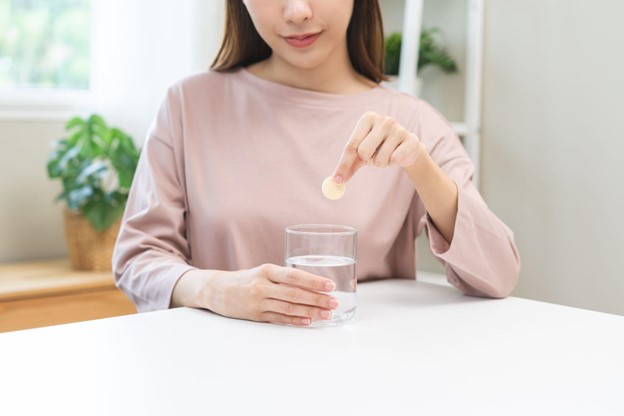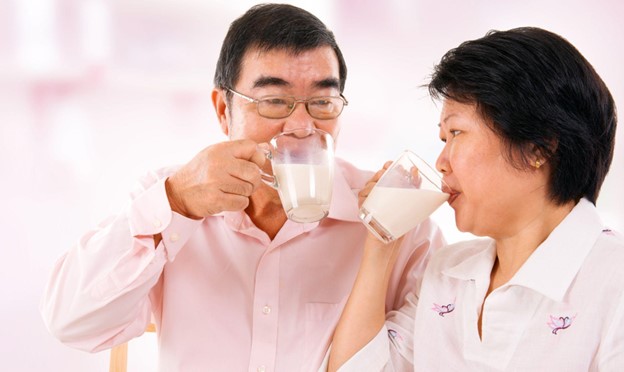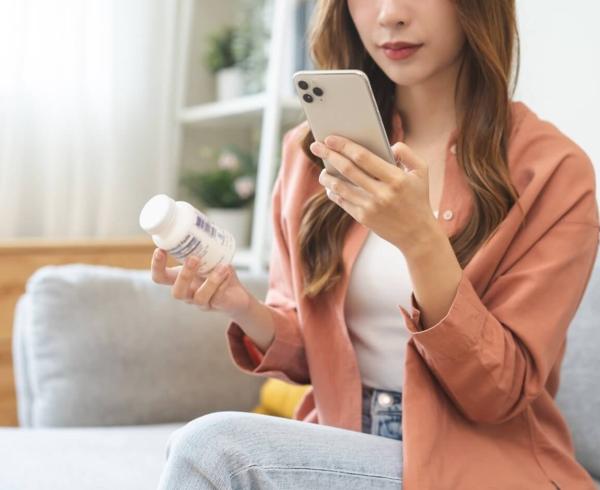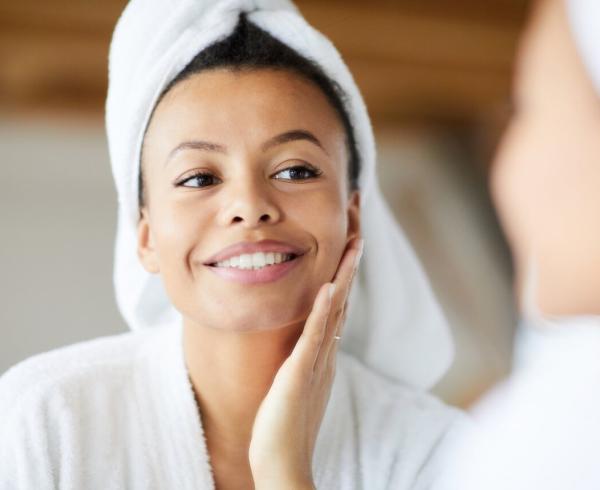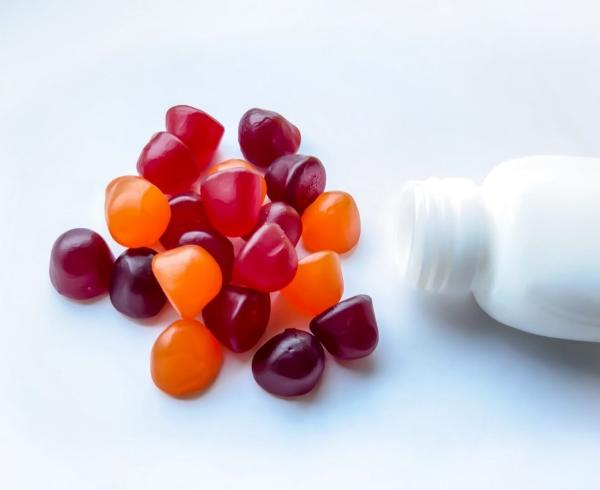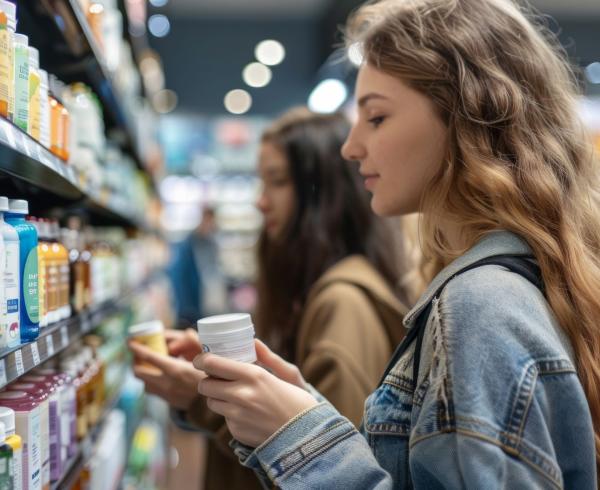References
1-4. FMCG Gurus, Immunity Trends in Japan, July 2024.
5. Euromonitor, Spotlight on Asia Health and Beauty Consumers, April 2024.
6. FMCG Gurus, Immunity Trends in China, July 2024
7. FMCG Gurus, Immunity Trends in South Korea, July 2024
9-10. FMCG Gurus, Immunity Health Trends in Asia-Pacific, September 2024.
10. Innova Market Insights, Trends Insider: Now & Next with Healthy Aging in Asia Pacific, January 2025.
11. FMCG Gurus, Immunity Trends in South Korea, July 2024.
12. FMCG Gurus, Immunity Trends in China, July 2024.
13-14. FMCG Gurus, Immunity Health Trends in Asia-Pacific, September 2024.
15-17. Innova Market Insights, Trends Insider: Now & Next with Healthy Aging in Asia Pacific, January 2025.
18-19. FMCG Gurus, Immunity Trends in China, July 2024 and FMCG Gurus, Immunity Trends in South Korea, July 2024.
20. FMCG Gurus, Immunity Health Trends in Asia-Pacific, September 2024.
21-22. Innova Database, 2025.
23. FMCG Gurus, Immunity Health Trends in Asia-Pacific, September 2024.


